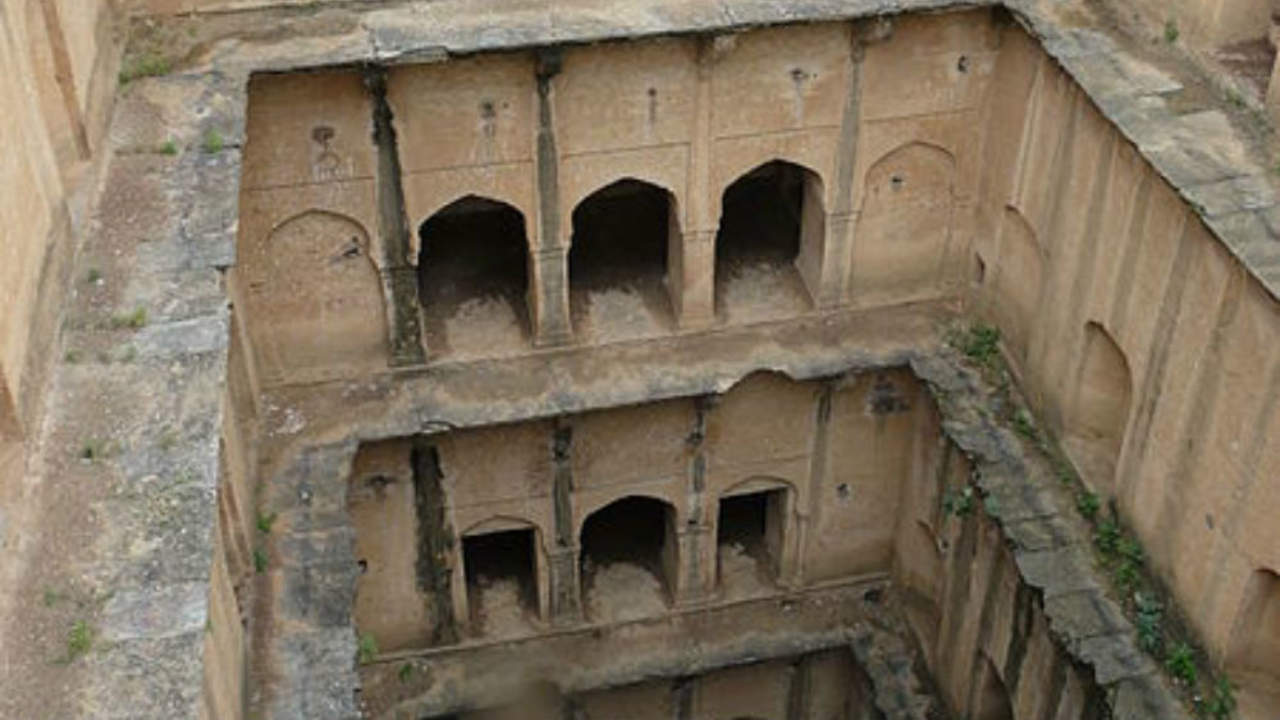India
Monuments of national importance list needs rationalisation: Economic Advisory Council | India News

[ad_1]
NEW DELHI: The Economic Advisory Council to the Prime Minister has underlined the urgent need to rationalise India’s list of monuments of national importance and recommended that the Archaeological Survey of India (ASI) evolve “substantive criteria and a detailed procedure for declaring monuments to be of national importance”.
The council’s January 23 report says ASI’s list of 3,695 monuments of national importance has grown unwieldy since it was never comprehensively reviewed since Independence, and remains, as a result, riddled with problems ranging from erroneous selection of sites to their skewed geographical distribution and over-concentration in a few states, as well as inadequate expenditure on the monuments’ upkeep.
Authored by member EAC-PM Sanjeev Sanyal and consultants Jayasimha K R and Apurv Kumar Mishra, the report attributes the unchecked expansion of the list to the inadequate definition of the term ‘national importance’ in the parent The Ancient Monuments and Archaeological Sites and Remains (AMASR) Act, 1958. It recommends, as a result, that the government fix this anomaly either through an amendment of the law, or through executive orders for faster execution.
“One of the major sources of the problem plaguing the identification and preservation of monuments of national importance lies in the AMASR Act, 1958 itself. Neither the Act nor the National Policy for Conservation (2014) have defined what the term ‘national importance’ means. The Act also does not have a substantive process/criteria prescribed for identifying a monument as a monument of national importance. In absence of well-defined principles, the selection of monuments of national importance seems to be arbitrary,” it says.
Of the list of 3,695 monuments of national importance (MNIs), 2,584 were moved to it from a colonial-era list. Another 736 were added between 1947 and the passing of the AMASR Act 1958. The 1958 law then declared all as MNIs without reviewing or scrutinising the list.
As it turns out, the government has no comprehensive database of the provenance, historical importance, geographical description, cultural and architectural significance of all 3,695 MNIs.
Of these, 24 remain untraceable. A statue of John Nicolson, a British brigadier, that once stood in front of Kashmere Gate in Delhi and which was shipped to Northern Ireland in 1958, remains on India’s list of MNIs.
The council said ASI should “review and rationalise” periodically the existing list by evolving a criteria and multi-layered process by taking a leaf out of the operational guidelines for the selection of Unesco World Heritage sites.
It also suggested ASI publish a book of notifications with detailed information about each MNI’s provenance, hand over protection and upkeep of monuments of local importance to respective states, and denotify to the extent possible, all standalone antiquities like cannons and statues.
The council’s January 23 report says ASI’s list of 3,695 monuments of national importance has grown unwieldy since it was never comprehensively reviewed since Independence, and remains, as a result, riddled with problems ranging from erroneous selection of sites to their skewed geographical distribution and over-concentration in a few states, as well as inadequate expenditure on the monuments’ upkeep.
Authored by member EAC-PM Sanjeev Sanyal and consultants Jayasimha K R and Apurv Kumar Mishra, the report attributes the unchecked expansion of the list to the inadequate definition of the term ‘national importance’ in the parent The Ancient Monuments and Archaeological Sites and Remains (AMASR) Act, 1958. It recommends, as a result, that the government fix this anomaly either through an amendment of the law, or through executive orders for faster execution.
“One of the major sources of the problem plaguing the identification and preservation of monuments of national importance lies in the AMASR Act, 1958 itself. Neither the Act nor the National Policy for Conservation (2014) have defined what the term ‘national importance’ means. The Act also does not have a substantive process/criteria prescribed for identifying a monument as a monument of national importance. In absence of well-defined principles, the selection of monuments of national importance seems to be arbitrary,” it says.
Of the list of 3,695 monuments of national importance (MNIs), 2,584 were moved to it from a colonial-era list. Another 736 were added between 1947 and the passing of the AMASR Act 1958. The 1958 law then declared all as MNIs without reviewing or scrutinising the list.
As it turns out, the government has no comprehensive database of the provenance, historical importance, geographical description, cultural and architectural significance of all 3,695 MNIs.
Of these, 24 remain untraceable. A statue of John Nicolson, a British brigadier, that once stood in front of Kashmere Gate in Delhi and which was shipped to Northern Ireland in 1958, remains on India’s list of MNIs.
The council said ASI should “review and rationalise” periodically the existing list by evolving a criteria and multi-layered process by taking a leaf out of the operational guidelines for the selection of Unesco World Heritage sites.
It also suggested ASI publish a book of notifications with detailed information about each MNI’s provenance, hand over protection and upkeep of monuments of local importance to respective states, and denotify to the extent possible, all standalone antiquities like cannons and statues.
#Monuments #national #importance #list #rationalisation #Economic #Advisory #Council #India #News






